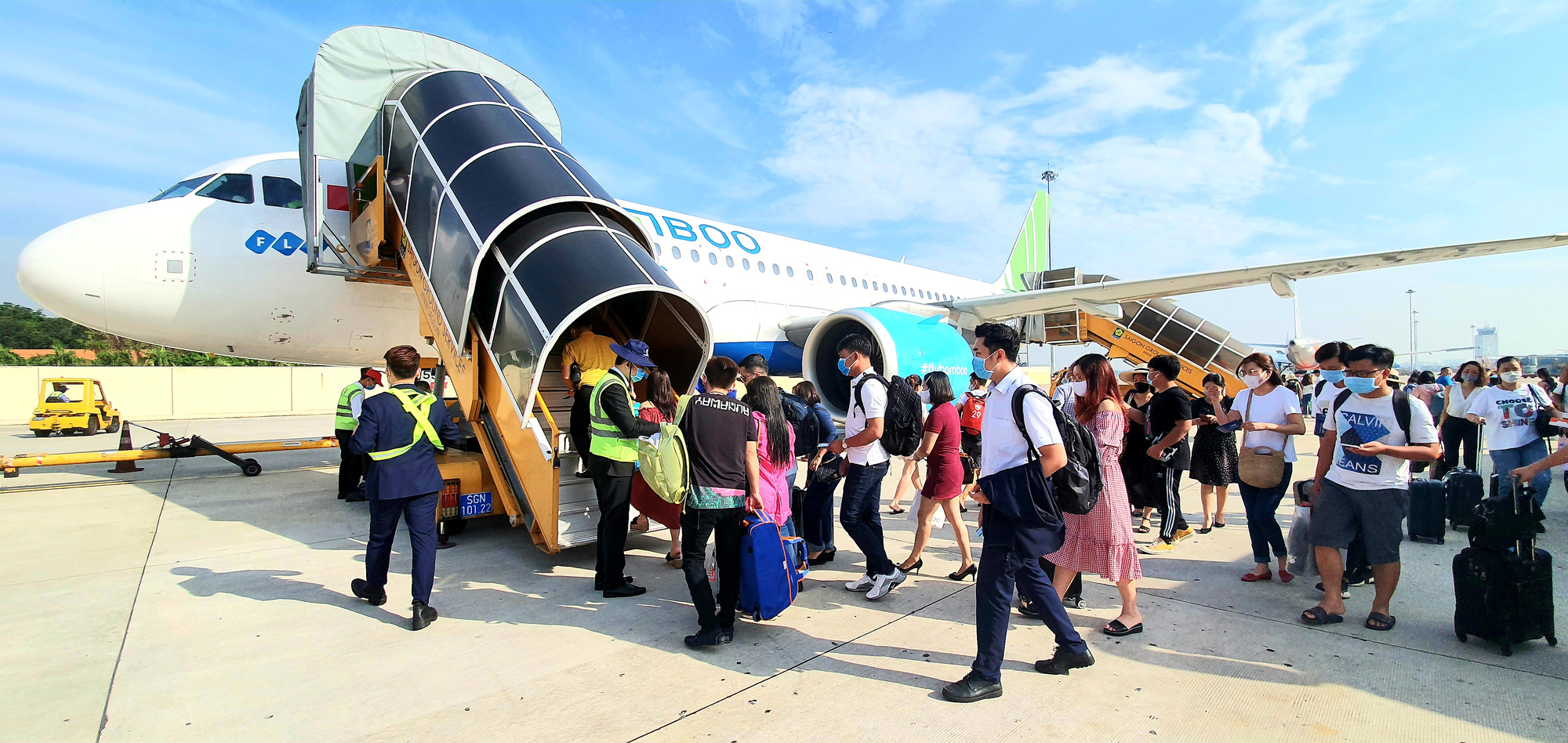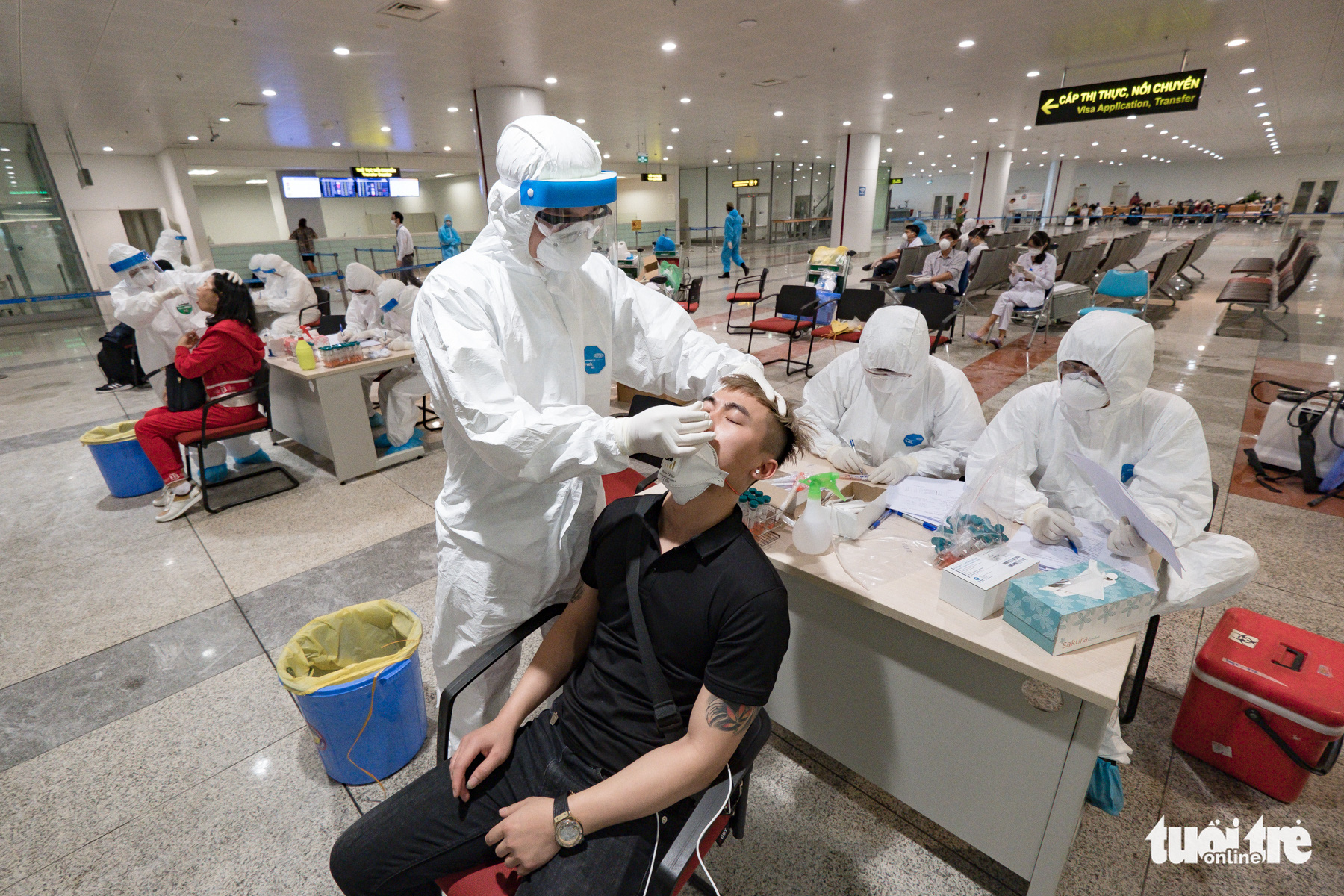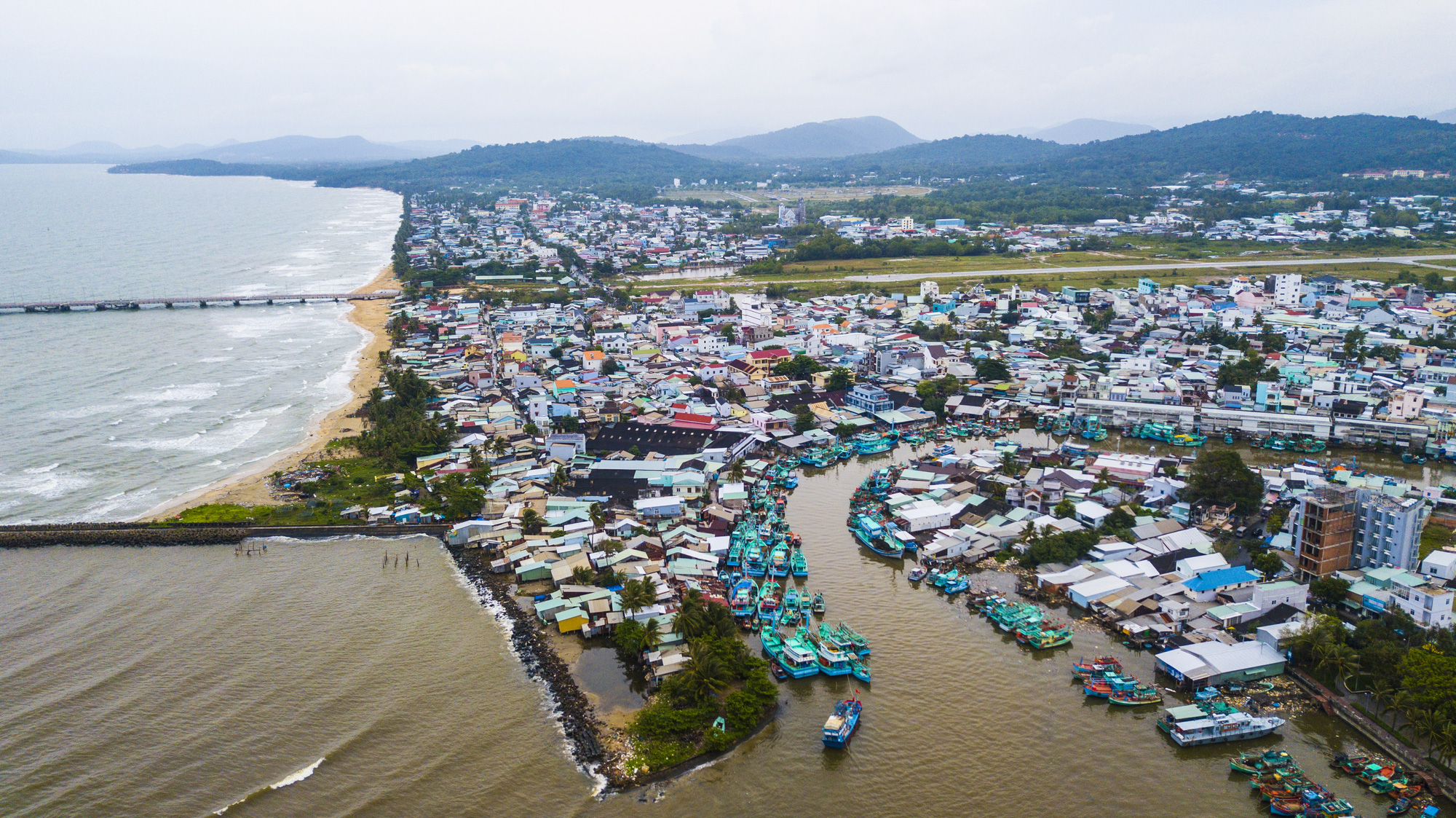Haven’t heard that in a while, have we?
Living in Vietnam affords us the luxury of being on top of the global list of LowCo (low instances of COVID-19 cases), so we will have plenty of opportunities to travel abroad.
Vietnam has had a few hundred infections, nearly all resolved. Hopefully, the virus will not return so the forecast is bright.
Most of us thought air travel was a hassle before the pandemic, but it’s going to be more challenging when commercial international travel restarts.
There’s no point in sugar-coating it, from buying a ticket all the way through to checking into accommodation upon arrival, much of the experience will be more complicated, stressful, and consuming more time and effort.
We’ve heard that the creation of ‘travel bubbles’ (also referred to as ‘fast tracks’ and ‘travel corridors’) with neighboring Asian countries is being considered here in Vietnam.
If and when those bubbles become a reality, and we can fly again, it’s in our best interest to get all the facts before we move forward with air travel plans: how to choose safe international travel destinations? Who is ultimately responsible for assuring a safe trip? Will air travel be affordable? And, finally, when will international air travel restart?
Safe destinations
Shopping for a vacation destination abroad used to be simple: review our budget and available time, then compare the destinations that attract us, make a decision, and organize a trip.
Suddenly it’s quite the jigsaw puzzle.
LowCo destinations will be highly valued, that’s easy to quantify; we can all see the statistics, but we’ll need to consider many additional risk factors before deciding on overseas air travel.
Who else can travel to the land we wish to visit? Is the nation accepting (or likely to soon begin accepting) travelers from higher-risk countries? If so, will those passengers need to undergo quarantine?
What are the availability, location, degree of comfort, and cost of quarantine, just in case something goes wrong?
Are all passengers on an inbound flight to be put in quarantine on arrival if one tests positive for the virus?
Will international visitors arrive at one central airport for health and immigration processing, then be sent to their final destination on an onward flight?
Are some parts of the country best avoided because they’re at a higher risk than others?
What social distancing measures are still mandatory in the country we’re interested in visiting? Have all businesses and tourist sites re-opened?
Which COVID-19 test kits are being used at the airport we’re targeting? Many kits are appearing on the market, but quality has been an issue in several cases to date.
Imagine getting a false positive test result and spending two weeks in quarantine instead of a fun vacation abroad!
Does our destination country have a local health app that must be downloaded to our smartphones? If so, can we avail of the app from abroad?
Some have privacy issues about locations and contact tracking, which will be mandatory in many countries, so decisions need to be made.
Does the country charge any special processing fees or deposits from foreign visitors? Cambodia now requires all visitors to provide a US$3,000 deposit upon arrival to cover costs should they fall ill.
What traveler’s health insurance will be available? Does available travel insurance including COVID-19 coverage mandatory for passengers? Is insurance integrated into the online ticket purchase process?
How many times would we need to be tested during our stay? Where and at what cost?
None of us involved in the process — from airport staff to flight crews to passengers — have ever handled anything like this pandemic before, so there are bound to be start-up glitches. It's best to leave no stone unturned and research each item carefully.
We all know people trapped overseas or in limbo, unfortunate situations do occur, even though it may not seem so until they happen to us.
That begs one more question: will we even want to fly again in the short term given all the new procedures?
We all want air travel and the hospitality industry to recover soon — travel and tourism contribute over six percent to Vietnam’s gross domestic product, so many livelihoods are on hold.
But will the additional hassle be justified?
We’ll need to adapt, just as we did when security was ratcheted up after September 11, 2001.
At that time we wanted to be sure there was no threat of terrorism on board. Now it’s a different type of killer that must be avoided, invisible and hard to detect. So the risks are now even higher.
|
|
| A health worker samples a man for novel coronavirus disease (COVID-19) testing at Noi Bai International Airport in Hanoi, Vietnam, March 18, 2020. Photo: Nam Tran / Tuoi Tre |
Safe trip
The International Civil Aviation Organization (ICAO) is a United Nations (UN) agency whose mission is to ensure safe and orderly management of global air travel.
ICAO works with the International Air Travel Association (IATA), the trade representative for almost 300 airlines the world over.
ICAO and IATA jointly own the ‘big picture’ of air travel, working together with governments and their civil aviation agencies, acting as a liaison between them, airlines, and passengers.
The World Health Organization (WHO), another UN agency, also plays a pivotal role in designing the future of air travel together with the above stakeholders given the current pandemic.
The initiative to restart air travel is entitled the COVID-19 Aviation Recovery Task Force (CART).
With that mouthful of acronyms in mind, the CART project is split into three phases: domestic (already up and running or imminent in many countries), regional international (slated for the third quarter of 2020), and intercontinental long-haul (fourth quarter).
Parallel to the above, the World Travel and Tourism Council (WTTC), the trade association for the global hospitality industry, has released a hygiene and safety standards certification program for hotels, restaurants, tour operators, and shopping facilities so that high standards are uniformly implemented and maintained.
So it's no doubt the best resources are on the job and working with great haste. If their recommendations are properly implemented and maintained by airports and airlines, we’re in good hands.
IATA forecasts the global airline industry will lose US$84 billion in 2020, thus it’s easy to see that these stakeholders are treating this situation with urgency.
Affordable air travel?
Aviation experts indicate that international air fares will be low when travel resumes, slowly increasing to higher than pre-COVID19 levels sometime in 2021 or 2022.
Fewer airplanes in the sky mean less competition on routes, which typically leads to price hikes.
Extra resources will be needed in airports for COVID-19 testing, disinfection, and temperature checks at strategic points.
The quick RT-LAMP test kits developed here in Vietnam that recently hit the market cost between $17 and $26 each, with testing likely to be performed at origin and destination on both outbound and return flights.
That means a total of four tests would be conducted for each round trip, with the costs most likely passed on to passengers as is the case with security, overheads, and tariffs.
|
|
| An aerial photo of Duong Dong Town, Phu Quoc Island off Kien Giang Province, Vietnam. The island is being considered as a possible destination for welcoming international tourists to Vietnam following the novel coronavirus disease (COVID-19) pandemic. Photo: Quang Dinh / Tuoi Tre |
Restarting international air travel
If the travel bubbles are implemented, the restart of air travel will be piecemeal, with LowCo destinations within LowCo countries reopening first.
Here in Vietnam, one criterion for selecting partner countries that pops up in discussions is no new cases of community transmission for at least 30 days.
The Vietnam National Administration of Tourism (VNAT) is considering allowing visitors from Japan, South Korea, Taiwan, mainland China, Australia, New Zealand, and other countries and territories to enter Vietnam, depending on their continued progress with battling the pandemic.
Also here in Vietnam, restart plans are being developed on the basis of guidelines from the CART team published early June.
Next, changes in procedures need to be vetted and trialed, then planned and implemented at airports and airlines throughout the country.
There is also discussion swirling around about quarantine, with some countries considering a system where visitors from HiCo (high numbers of COVID-19 cases) will need to spend two weeks in quarantine, while LowCo visitors may require testing upon arrival and during their visit.
Therefore, the RT-LAMP COVID-19 test that can be processed in less than an hour without the need for a lab is a critical factor in re-opening air travel for tourism.
‘Compact destinations,’ defined as detached or remote areas with natural geographical boundaries, thus making access easy to manage, are also being considered, with Phu Quoc and other islands mentioned as possibilities.
It’s in our best interest as travelers to weigh all the above in anticipation of planning our tips, buying airplane tickets, researching on-board meals and drinks, and thinking about accommodation.
Like us on Facebook or follow us on Twitter to get the latest news about Vietnam!





















































